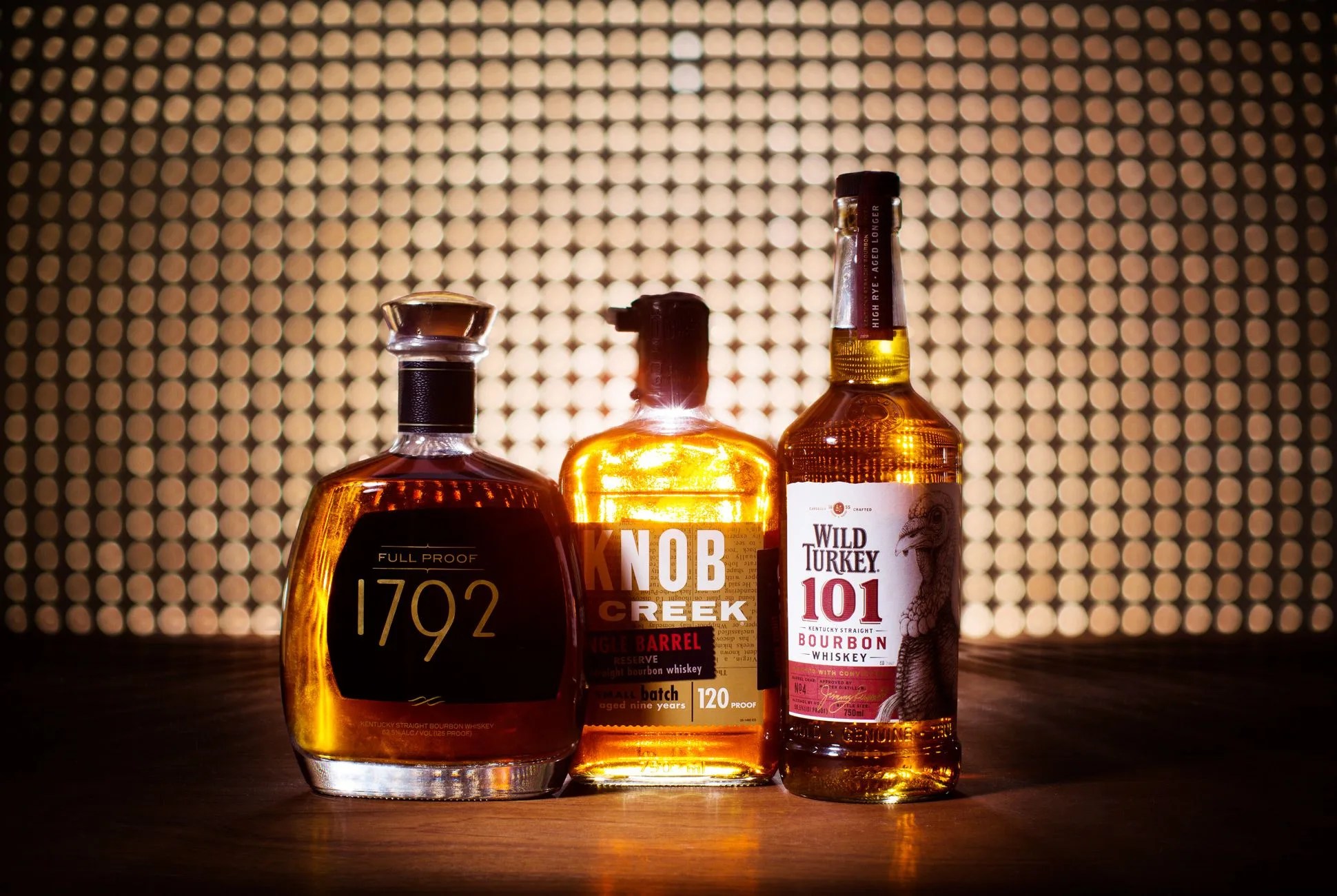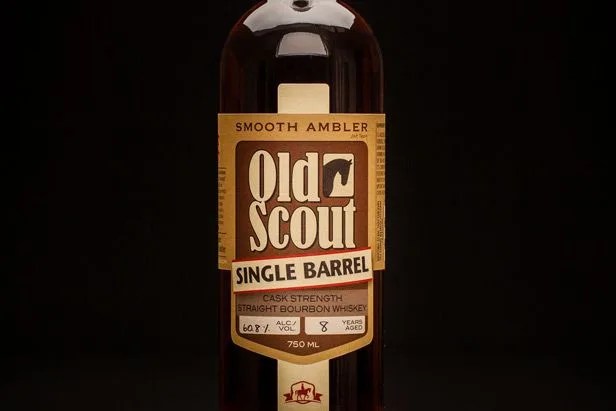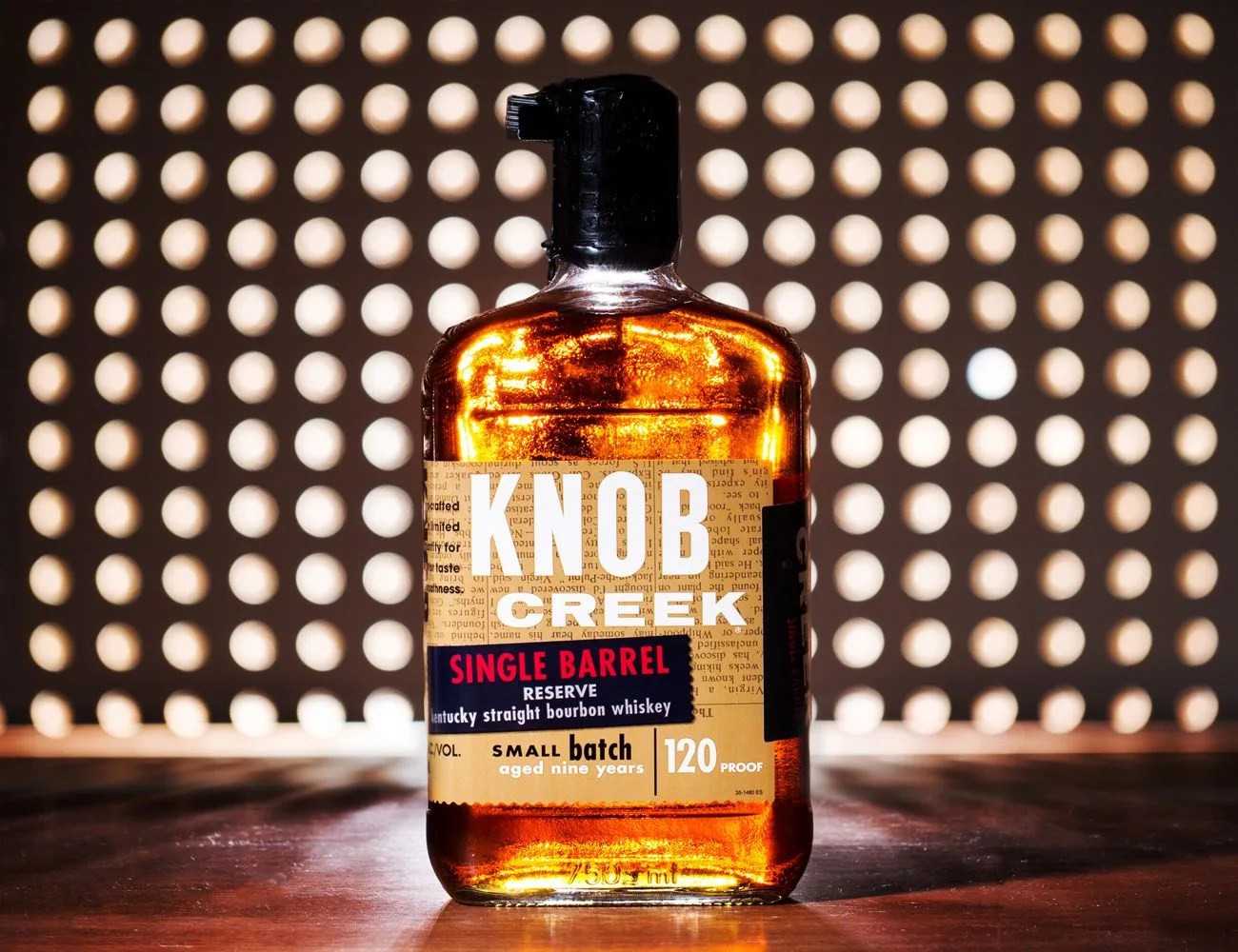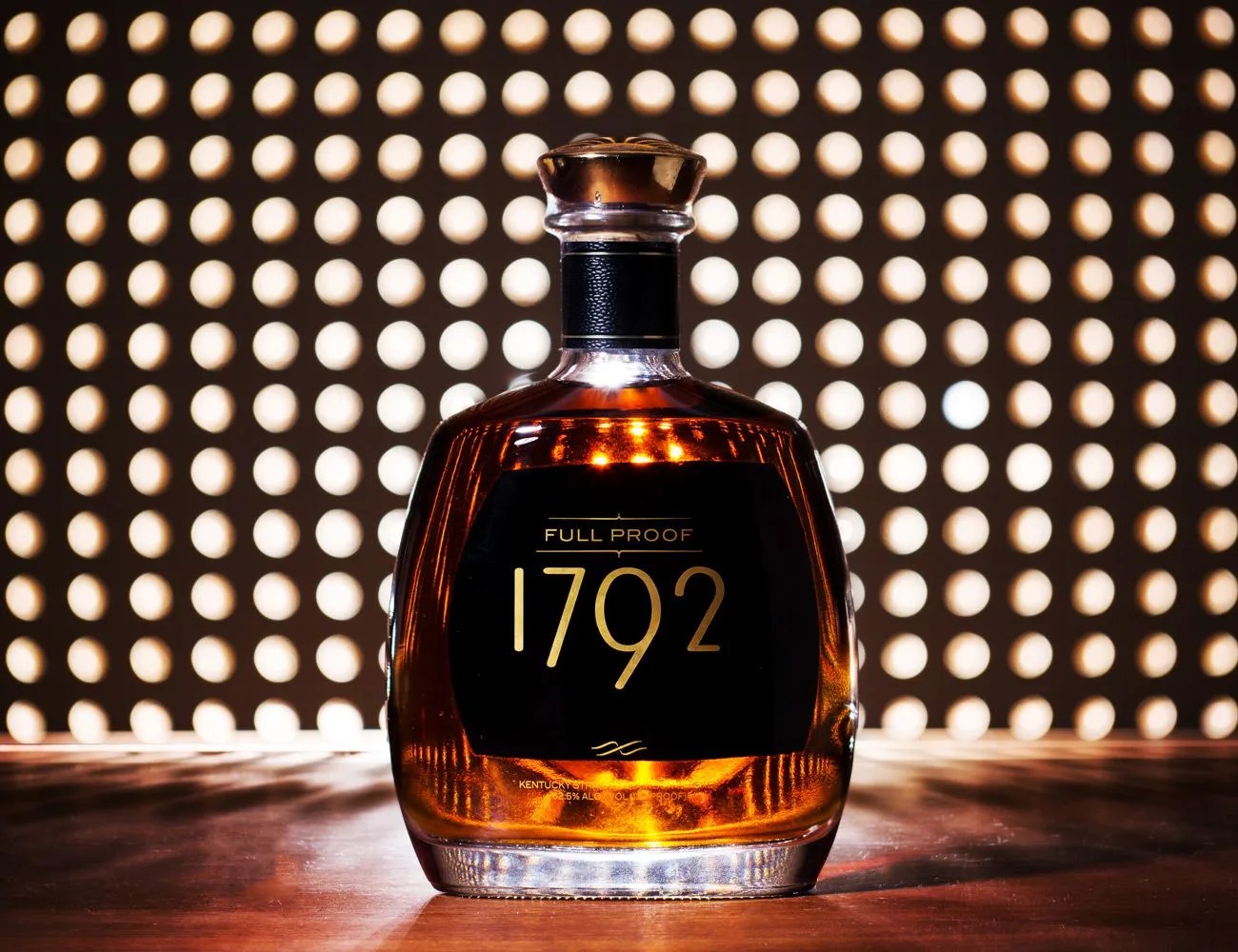About two years ago, a few editors and I flew down to Kentucky to try and understand why bourbon is booming. As sometimes happens with the simplest of questions, the answer was very complicated. But a few common threads arose. One that we kept hearing was some variation on these events: as the vodka– and cocaine-drenched ’80s died out, cocktail culture started to make a comeback nationwide and bartenders, in order to make cocktails that didn’t taste too watered down, began demanding higher-proof bourbon. (Bartenders buy a lot of alcohol, as you might imagine, and have some serious sway in the industry.) When distillers began bottling higher-proof bourbon, they were also expanding the market for “ultra premium” bourbon. This juice was rarer, sometimes marketed as “limited edition,” and came at cask strength, or something close to it.
So what was once the cheap cowboy drink had now become more refined, and then more expensive, an aspect of liquor that sometimes is all that’s required to create a market. And what’s most interesting is that the higher-proof bourbons aren’t new. In fact, the term bottled-in-bond really only meant something significant back in the early days of distillation, when ensuring production quality was vital to everyone’s health. Since then, bourbon proofs have dipped down to 80, the legal minimum, before climbing back up more recently. So while Wild Turkey 101 was once pretty in line with the rest of the whiskey shelf before it transitioned into a relatively high-alcohol, low-cost spirit, it’s now almost quaint when compared to bourbon that reaches above 120 proof.
For this Father’s Day, sit down and have a drink with your dad. Ironically, we are closer today to serving up the type of booze he would have sipped with his own father, both with our cocktail culture — especially a well-made Old Fashioned — and the popularization of high-proof bourbon, than we’ve been at any time since the turn of the century. So sit back and have a throwback whiskey on the rocks, or make it into a cocktail that can hold its fire and flavor against a heavy-handed pour of simple syrup and bitters.
Wild Turkey 101
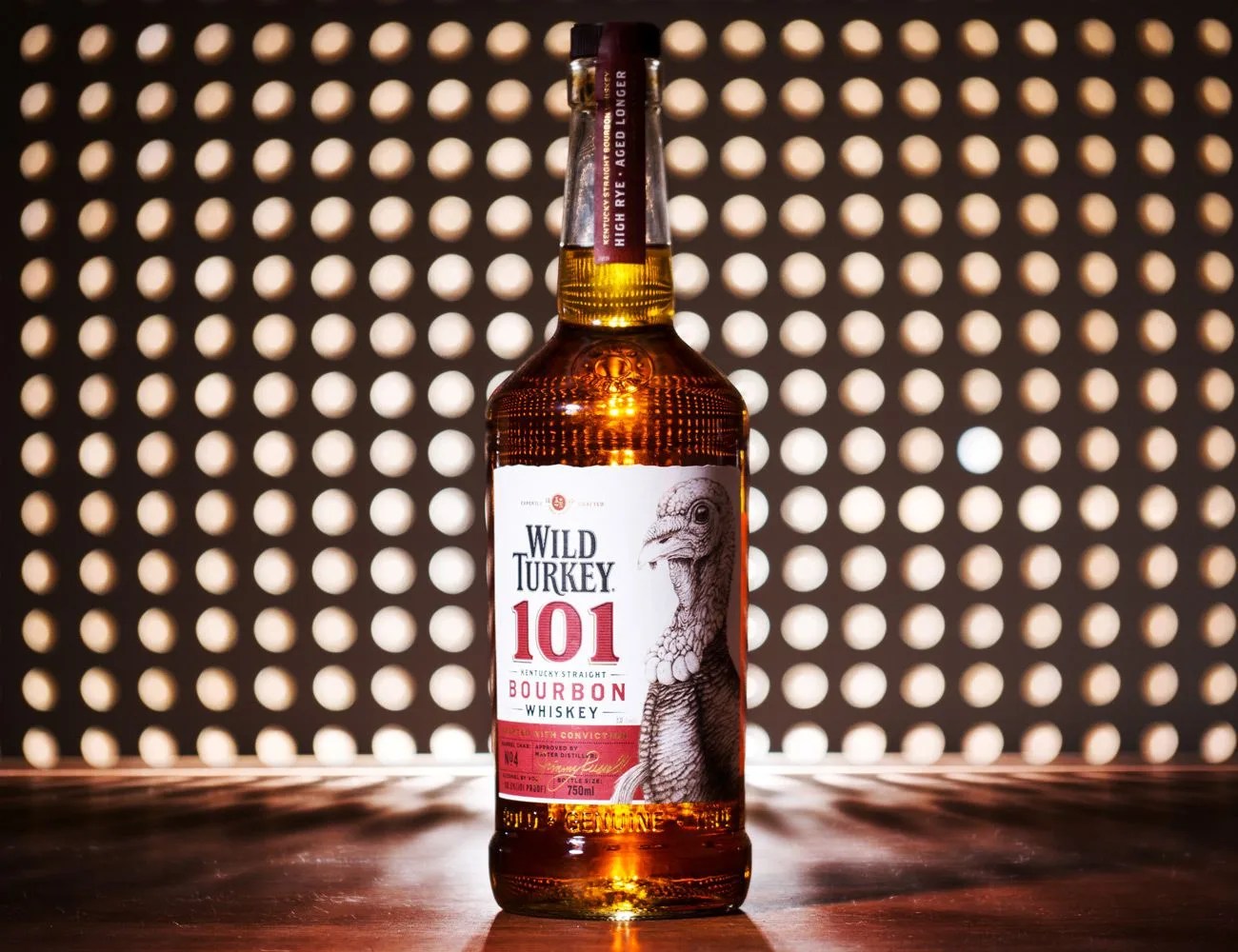
The House Bourbon: Don’t knock the bird. Once associated with inexpensive, highly alcoholic liquor, Wild Turkey has come to be known as the best bang for your buck that you can get in a bourbon bottle, not to mention a favorite of Hunter S. Thompson and cited by David Foster Wallace in Infinite Jest. Bourbons that are “bottled-in-bond” — among other regulations — are bottled at 100 proof. This can be roughly considered the low end for high-proof bourbons. Wild Turkey is not bottled-in-bond, but rather, the company intentionally keeps its proof slightly higher than the rest of the market (they also sell Wild Turkey 81) for differentiation. The high-rye mash bill and deepest barrel char lend spice and oak to any cocktail for the best price, especially for a seven-year-old spirit.
